In a country where 65% of the population is under the age of 35, the views of Indian youth on politics are more important than ever. But what exactly do they think?
Are they idealists? Realists? Apathetic? Activists?
The truth is: Indian youth today are all of the above— and more.
In 2025, the way young Indians view politics is more dynamic, digital, and disruptive than ever before. Let’s explore what drives their perceptions, what turns them off, and how they are slowly but surely reshaping India’s political landscape.
🧠 The Evolving Attitude of Youth Toward Politics
✅ 1. More Aware Than Ever Before
Unlike previous generations, today’s youth are constantly plugged in—reading, watching, and commenting on political issues through:
YouTube debates
Instagram reels
Podcasts
Political satire on Twitter/X
Influencer-led political content
They may not all be reading newspapers, but they are not uninformed. Many are aware of:
Government schemes
Current political controversies
Election manifestos
Key political personalities and their stances
🗣️ 2. Issue-Based Engagement
Indian youth today tend to support causes rather than blindly backing parties. Some key issues that matter to them:
Jobs and employment
Education reforms
Freedom of speech
Internet censorship
Climate change and sustainability
Gender and LGBTQ+ rights
They’re more likely to mobilise around an issue than vote based on caste or religion, especially among urban Gen Z voters.
🧍 3. Disillusionment with Traditional Politics
Despite growing awareness, many young Indians feel disconnected or cynical about mainstream political parties.
Common reasons:
Corruption and lack of accountability
Dynastic politics
Repetitive blame games between parties
Poor transparency on promises made vs. promises kept
This has led to:
Low voter turnout among first-time voters in some urban constituencies
Rising demand for cleaner, independent candidates
Growth of youth-led activism outside the electoral system
“We want change—but not through the same old faces,” is a sentiment echoed often by students and young professionals.
🧑💻 4. The Role of Social Media and Influencers
In 2025, politics isn’t just happening in Parliament—it’s happening on Instagram Lives, YouTube vlogs, and Twitter Spaces.
Political parties now target youth via reels and memes
Influencers shape opinions more than news anchors
Youth follow political discussions on Reddit, Clubhouse, and Discord
This digital political ecosystem has democratized access, allowing even small-town youth to express opinions and question leaders directly.
However, it also brings challenges:
Misinformation and fake news
Echo chambers
Trolling and cancel culture
🗳️ 5. Voting Behaviour of Youth in India
Data Snapshot:
In 2019, over 15 million first-time voters were registered
Youth voter turnout in urban areas was relatively low, but high in rural regions
Student unions (especially in universities like JNU, DU, AMU, and BHU) still act as training grounds for future politicians
Trends:
Rural youth tend to align with community or regional identities
Urban youth lean toward independent candidates or reformist parties
Young women are emerging as influential voters, especially on safety, education, and employment issues
🧭 6. Youth and Protest Culture
Indian youth have always been at the heart of major movements:
Independence movement (pre-1947)
JP Movement (1970s)
Anti-corruption protests (2011)
CAA-NRC protests (2019–2020)
Farmers’ protests (2020–2021)
Today, students lead protests on:
Fee hikes
Academic freedom
Environmental degradation
Gender-based violence
Protests are increasingly digitally organised and visually impactful, using viral hashtags and art forms like slam poetry and street theatre.
🎯 7. Youth in Active Politics: Still a Long Road
While youth interest is growing, actual youth participation as candidates remains limited:
Most MPs/MLAs are above 45 years of age
Political parties rarely give tickets to under-30s
Student leaders struggle to enter mainstream politics unless they belong to dynastic families or have party backing
Efforts like:
Youth wings of parties (e.g., NSUI, ABVP, AISA, Yuva Sena)
Mock Parliaments
Student council elections
…help build leadership, but many young people still find the entry barriers to real power very high.
🧩 8. The Urban-Rural Divide
There’s a significant difference in how urban vs. rural youth engage with politics:
| Aspect | Urban Youth | Rural Youth |
|---|---|---|
| Media consumption | Digital-first, social media-heavy | TV, WhatsApp forwards, local newspapers |
| Voting patterns | Issue-based, individualistic | Community/caste-based, regional loyalty |
| Protest methods | Online campaigns, street protests | Rallies, pad yatras, community meetings |
Yet, both sections are deeply passionate, just in different ways.
🔮 9. What the Future Holds
Gen Z will be the most politically disruptive generation India has ever seen. Here’s why:
They’re digitally native
They don’t fear speaking truth to power
They demand accountability, not loyalty
They are more likely to start their own initiatives than wait for reforms
We may see a rise in:
Independent digital-first candidates
Youth-led policy think tanks
Startups working on civic tech
More collaboration between youth and governance bodies
✅ Final Thoughts: Between Hope and Hustle
Indian youth today are not apathetic—they’re just done with empty speeches. They want jobs, justice, climate action, and a chance to shape the country they live in.
The youth are not the future of Indian politics—they are its present.
But for that to truly reflect in governance, India needs:
Political parties to open up to young leaders
Civic education that builds awareness at the school level
Electoral reforms to reduce the entry barriers for young candidates
As India prepares for the next Lok Sabha elections, the voices of first-time voters and young citizens will be louder than ever, and politicians would do well to listen.
📌 Related Posts
“Why Every Indian Voter Should Care About Federalism”
“How the Election Commission of India Maintains Credibility”


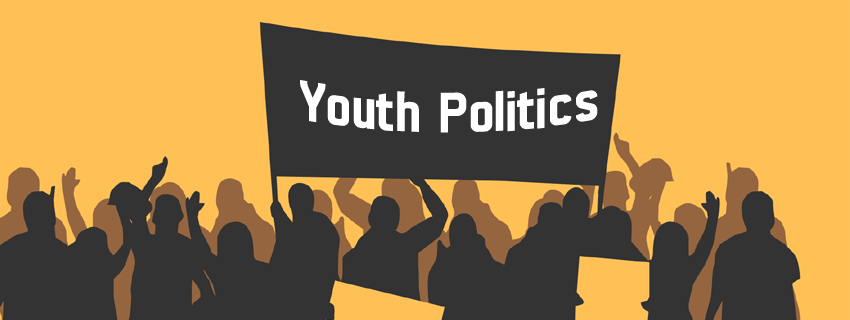

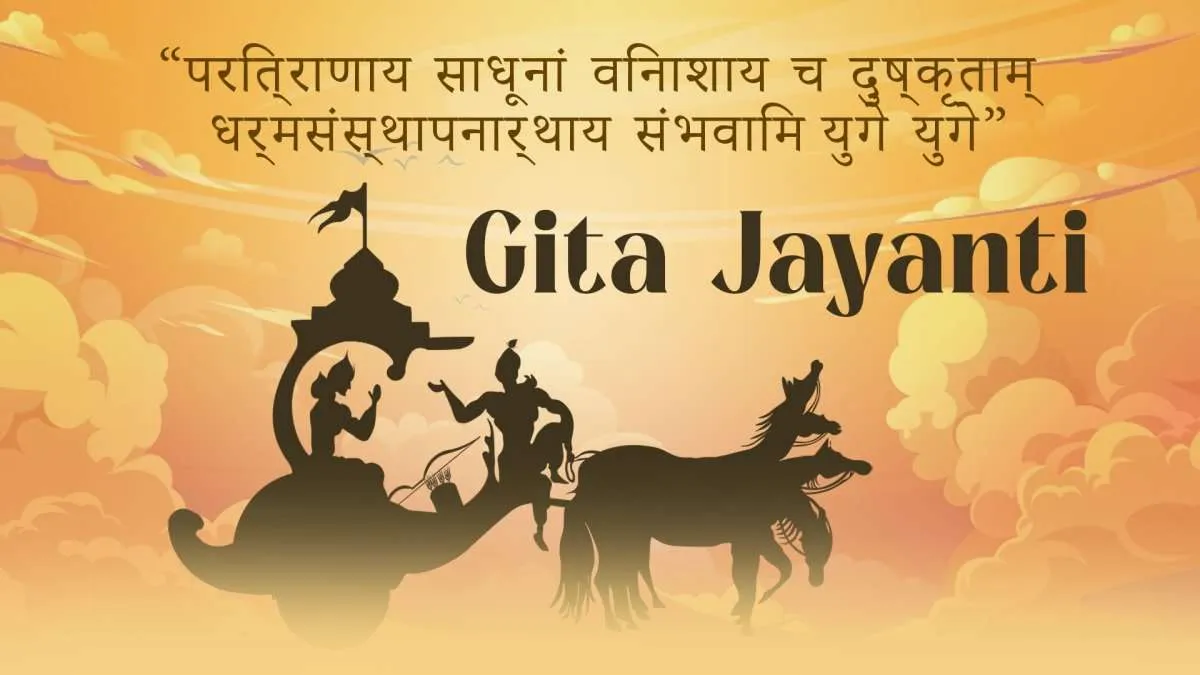
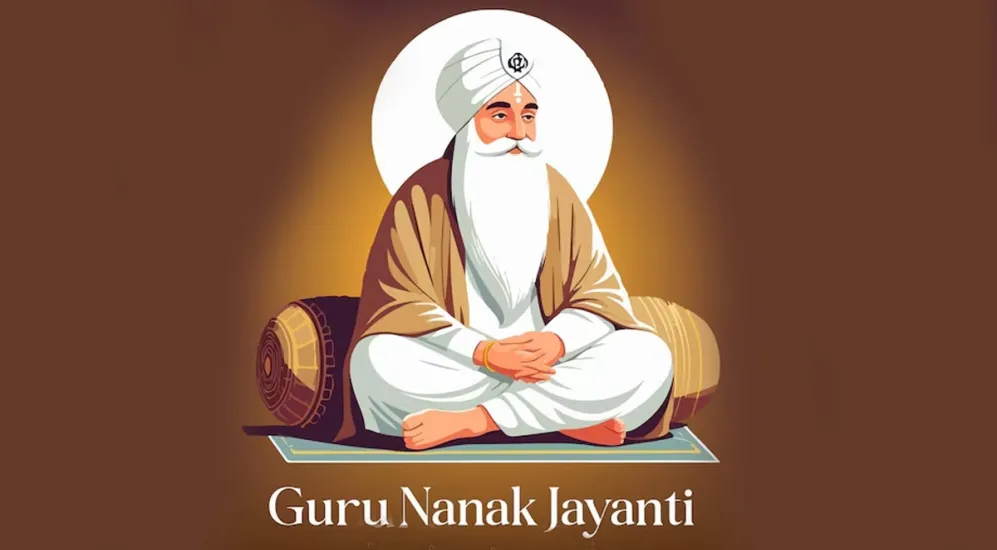
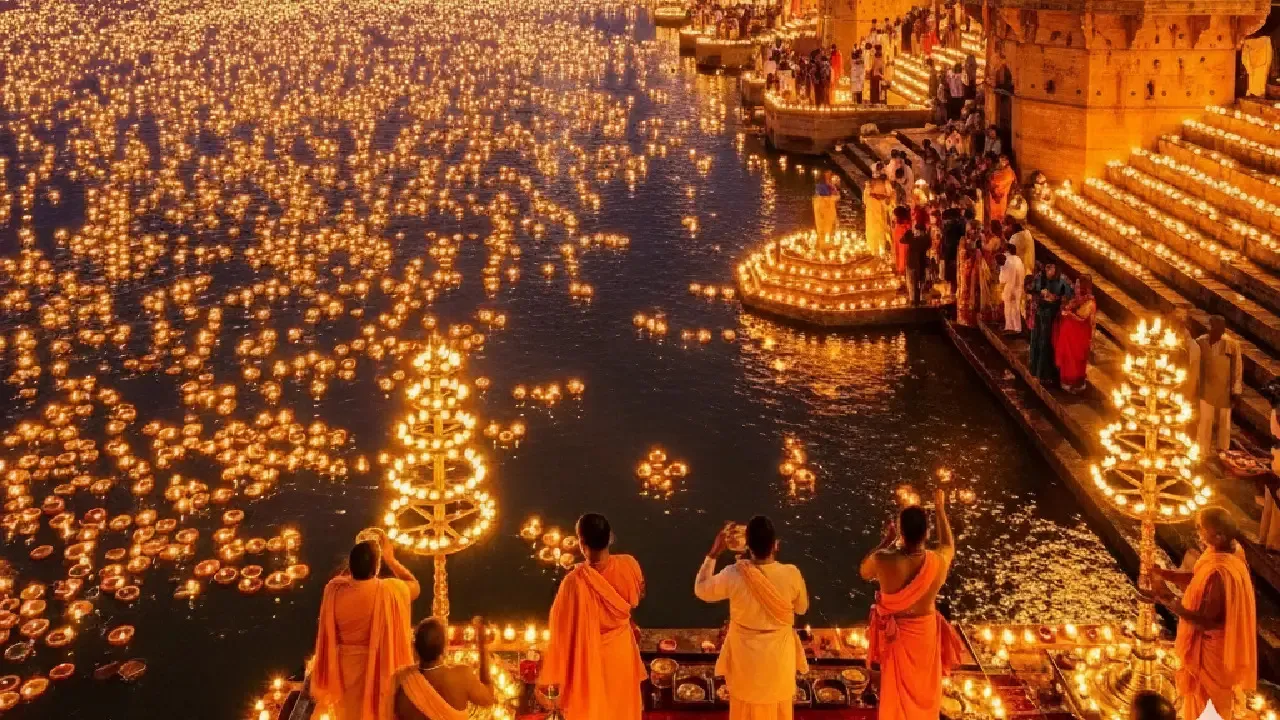
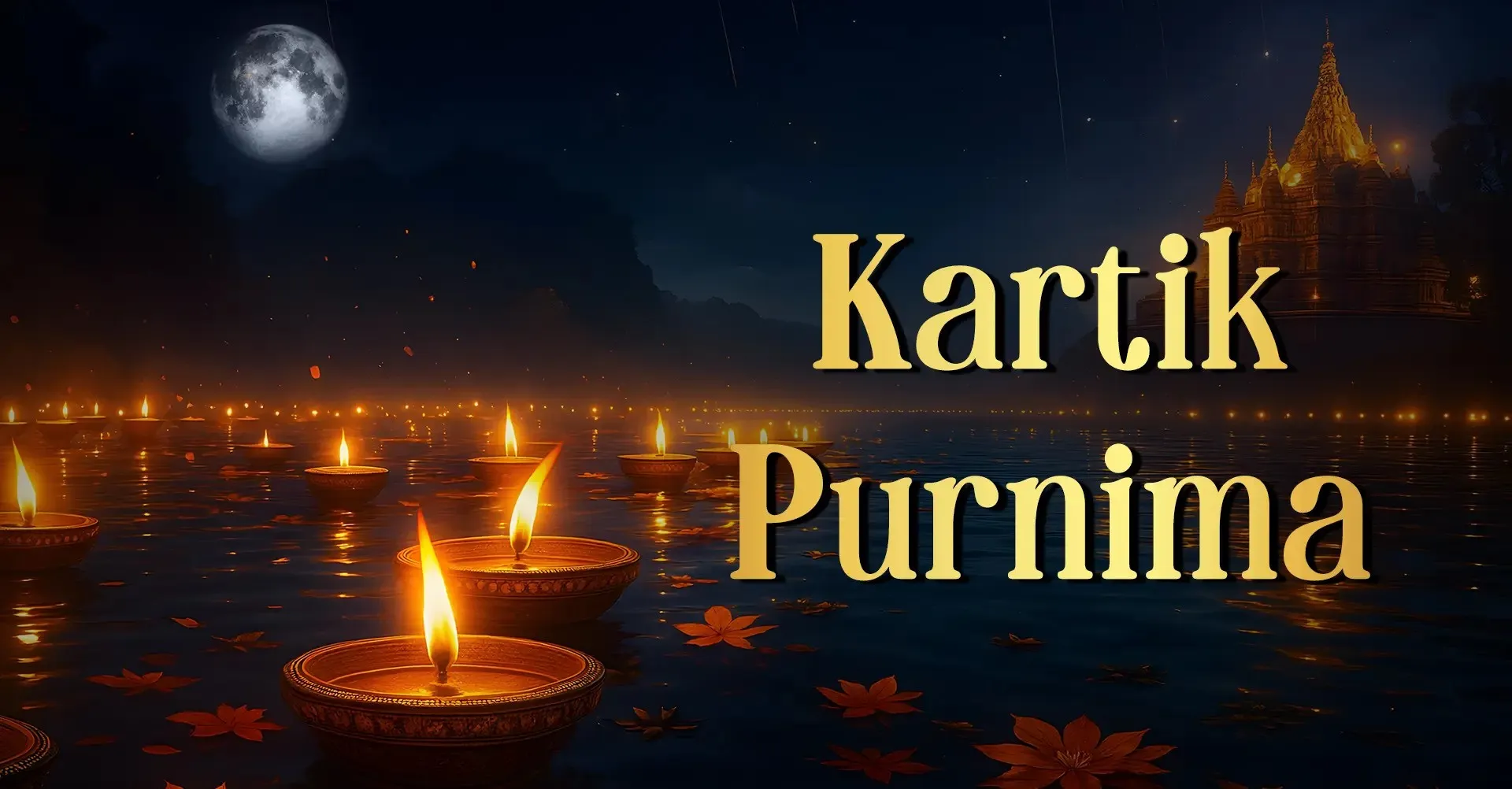
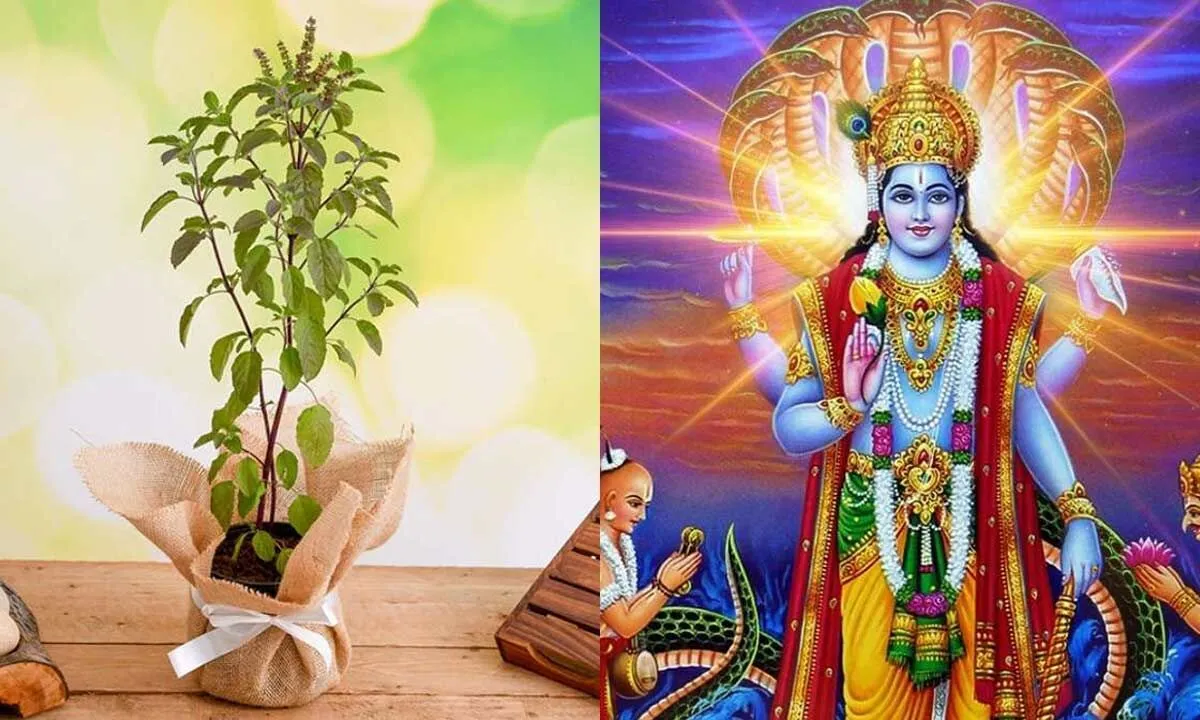
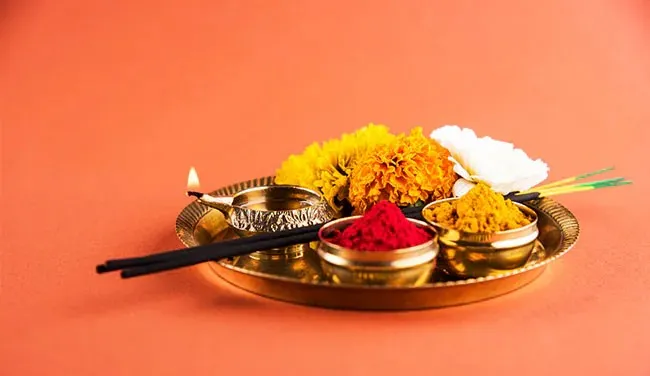
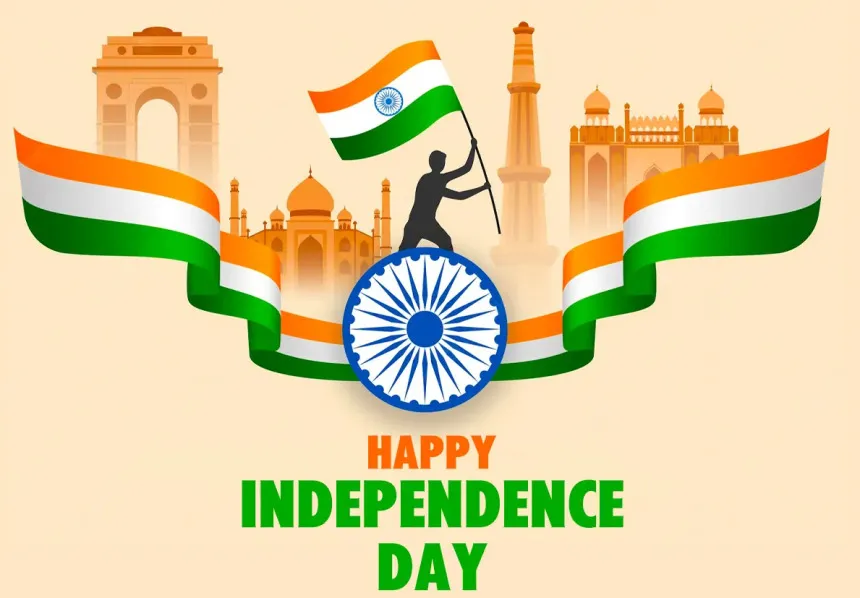

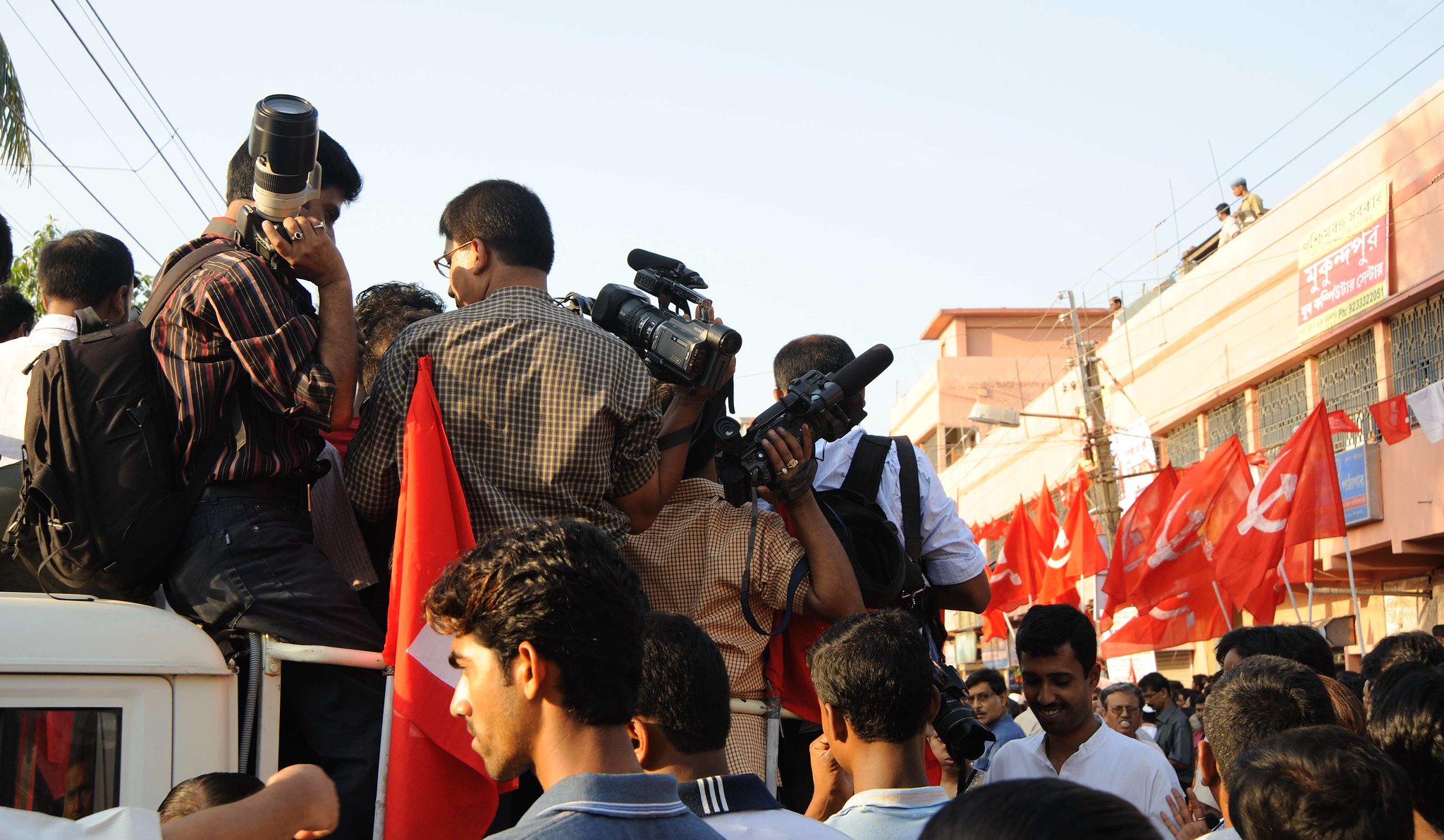
Recent Comments
No comments yet.